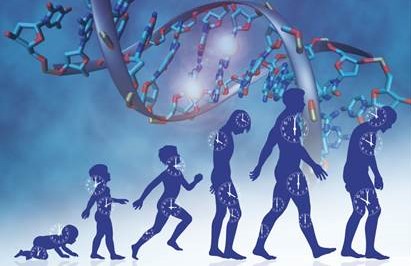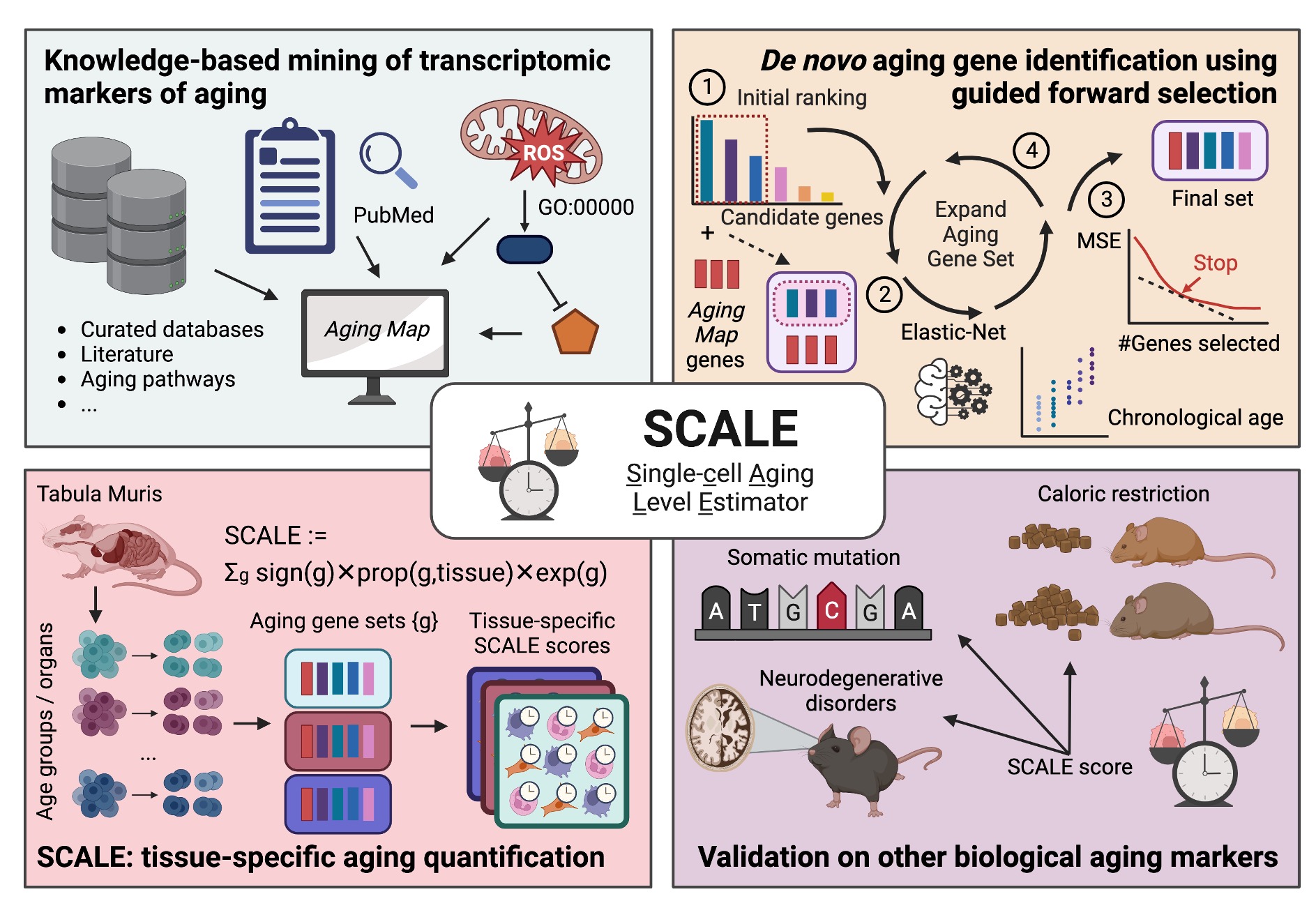Aging Map

Database Basic Information
In recent decades, hundreds of genes related to aging have been identified through screening. We collected aging-related genes from six well-established databases: "GO" (Ashburner et al., 2000; Gene Ontology, 2021), "CSGene" (Zhao, Chen, & Qu, 2016), "Aging Atlas" (Aging Atlas, 2021), "HAGR" (Tacutu et al., 2018), "AgeFactDB" (Huhne, Thalheim, & Suhnel, 2014), and "Longevity Map" (Budovsky et al., 2013). In addition, we summarized new aging genes that were not recorded in the databases. By manually curating reported aging genes, we finally obtained 636 literature-based human aging genes and 460 literature-based mouse aging genes, which were significantly enriched in several GO terms, including "Aging", "Cell aging", and "regulation of mitotic cell cycle".
By comprehensively searching the literature and selected databases, we identified 1,622 human aging genes and 1,455 mouse aging genes. GO analysis showed that the identified aging genes are closely related to aging and related pathways. To facilitate access to these data by other researchers, we created Aging Map to display these genes.
Aging Genes Basic Info
About Us
We focused on computational methods for estimating single-cell aging status, which could improve our understanding of the heterogeneity of aging and replace chronological age, which has a tendency to introduce bias, in aging studies.
As the average human lifespan increases, aging has become a global and urgent problem. Older ages are associated with increased risks of various disorders, calling for a better understanding of the mechanisms of aging and its relationship with diseases. Using biological age rather than chronological age is essential to investigate the risk factors that contribute to the aging process and the diseases accompanying it. Although various biological age estimators have been proposed, few of them take into account the differences among cells and define the age of a single cell. Single-cell sequencing techniques have recently revolutionized biomedical research, including the aging field. Due to the lack of an accurate age model, researchers have to use chronological age, which introduces bias into aging research, especially when the intervals between different groups are short. Therefore, we developed a single-cell aging level estimator, SCALE, based on selected aging-related genes.
To allow us to develop our SCALE method based on the expression levels of aging-related genes, we curated aging genes from more than 10,000 related scientific articles and 6 databases. To facilitate access to these data by other researchers, we created the web page to display these genes. Aging is a highly complex process that is difficult to study effectively by traditional low-throughput methods, so it is likely that several aging-related genes have not been identified. Hence, we also identified new aging genes by Elastic-net regression for each tissue.
By Using SCALE, we observed the cell-to-cell variations of biological age, possibly due to cell type characteristics and the microenvironment. With aging being increasingly recognized as a global challenge to be solved, our model could be used as a powerful tool to study the aging process at the single-cell level to address this healthcare challenge.

Aging Map is developed and maintained by Shulin Mao in Cheng Li's lab at Peking University.